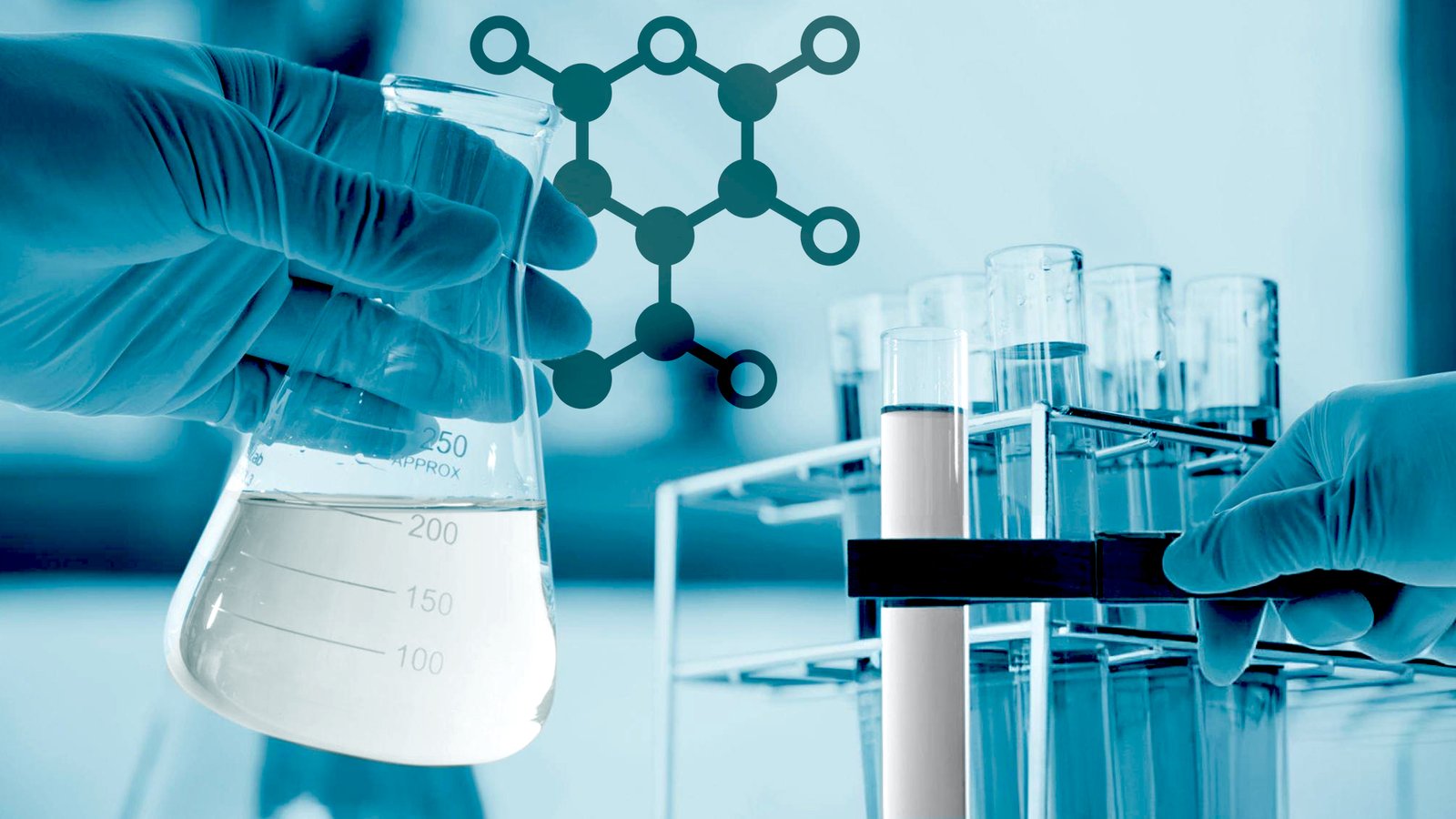Polycarboxylates
Polycarboxylates are a group of polymers characterized by the presence of multiple carboxylate groups along their molecular chains.
Polycarboxylates
Polycarboxylates are a group of polymers characterized by the presence of multiple carboxylate groups along their molecular chains. These polymers are widely used in various industries due to their excellent dispersing, sequestering, and water-softening properties.
Properties
Physical Form: Available in various forms, including liquids, powders, and granules.
Solubility: Highly soluble in water, forming clear solutions.
Charge Density: Exhibits high anionic charge density due to the presence of carboxylate groups.
Thermal Stability: Demonstrates good thermal stability, maintaining functionality across a wide temperature range.
Biodegradability: Many polycarboxylates are designed to be biodegradable, making them environmentally friendly.
Applications
Detergents and Cleaners:
- •Used as dispersing agents in laundry detergents and automatic dishwashing detergents to prevent soil redeposition and improve cleaning efficiency. They also help to soften water by sequestering metal ions such as calcium and magnesium.
Water Treatment:
- •Employed as scale inhibitors and dispersants in industrial water treatment processes, preventing the formation of scale and enhancing the efficiency of water systems.
Construction:
- •Incorporated into cement and concrete formulations as superplasticizers to improve workability and strength. They help to disperse cement particles, reducing water content while maintaining fluidity.
Textiles:
- •Used in textile processing to improve the dispersion of dyes and prevent the formation of scale in dyeing equipment.
Paper Industry:
- •Utilized as dispersants in paper manufacturing to improve the distribution of fillers and additives, enhancing paper quality and processing efficiency.
Personal Care Products:
- •Found in formulations such as toothpaste, where they act as thickening agents and help to disperse and stabilize ingredients.
Agriculture:
- •Used in agricultural formulations to improve the dispersion of fertilizers and pesticides, enhancing their effectiveness and reducing the risk of clogging in application equipment.
Oil and Gas Industry:
- •Applied in drilling fluids as dispersants and scale inhibitors, improving drilling efficiency and equipment lifespan.
Polycarboxylates’ high solubility, charge density, and effectiveness as dispersing and sequestering agents make them invaluable in a variety of applications. Their use in detergents, water treatment, construction, textiles, paper, personal care, agriculture, and the oil and gas industry highlights their versatility and crucial role in enhancing product performance and operational efficiency.
Applications:
- 1.Water and Wastewater Treatment:
- Coagulation and Flocculation: PolyDADMAC is extensively used in the treatment of both drinking water and wastewater. It acts as a coagulant to neutralize the charges of suspended particles, allowing them to aggregate into larger flocs that can be easily removed.
- Sludge Dewatering: The polymer aids in the dewatering of sludge, improving the efficiency of the separation process and reducing the volume of sludge for disposal.
- 2.Paper and Pulp Industry:
- Retention and Drainage Aid: In the paper manufacturing process, polyDADMAC improves the retention of fines and fillers, enhances drainage, and increases the efficiency of the paper machine.
- Pitch Control: It helps in controlling pitch and stickies in the papermaking process, which can cause problems with paper quality and machine runnability.
- 3.Cosmetics and Personal Care Products:
- Conditioning Agent: Known as polyquaternium-6 in the cosmetics industry, it is used as a conditioning agent in hair care products, providing improved hair manageability and feel.
- 4.Oil and Gas Industry:
- Drilling Fluids: PolyDADMAC is used in the formulation of drilling fluids to enhance the stability and performance of the drilling process.
- Enhanced Oil Recovery: It can be used in enhanced oil recovery processes to improve the efficiency of oil extraction from reservoirs.

